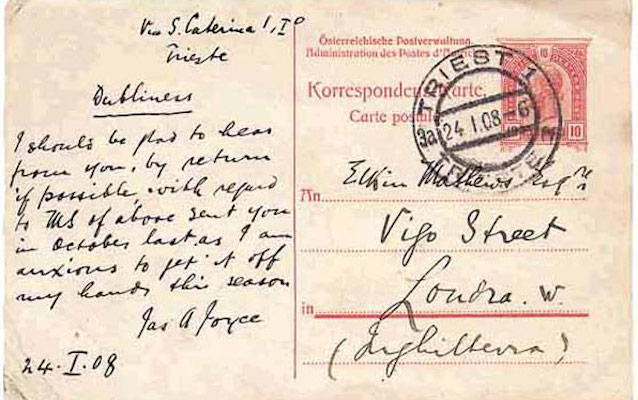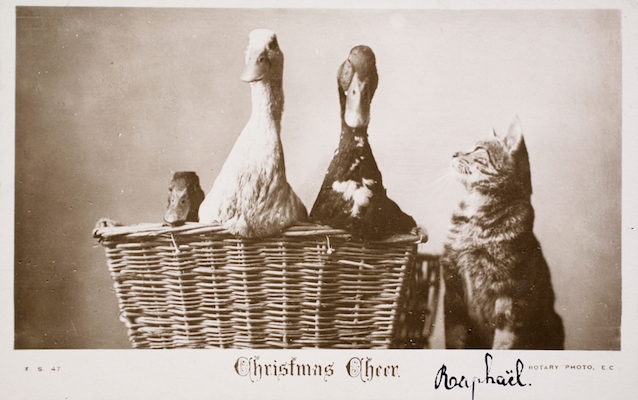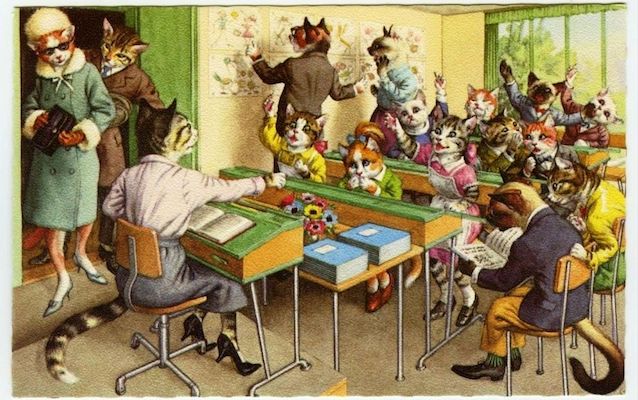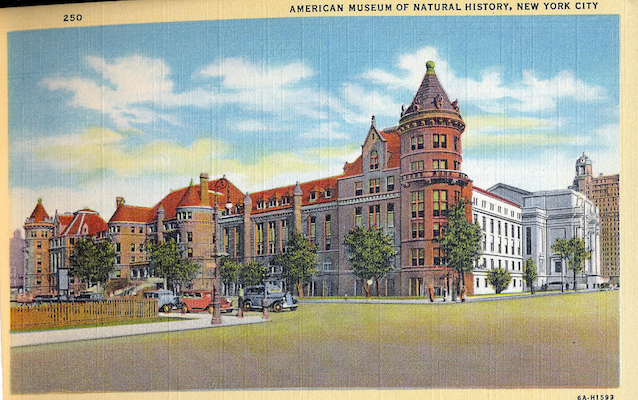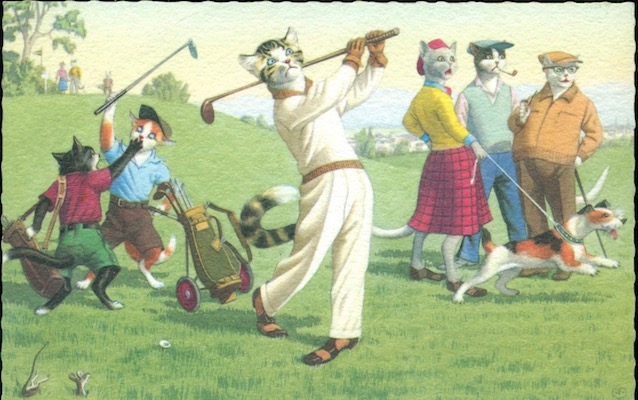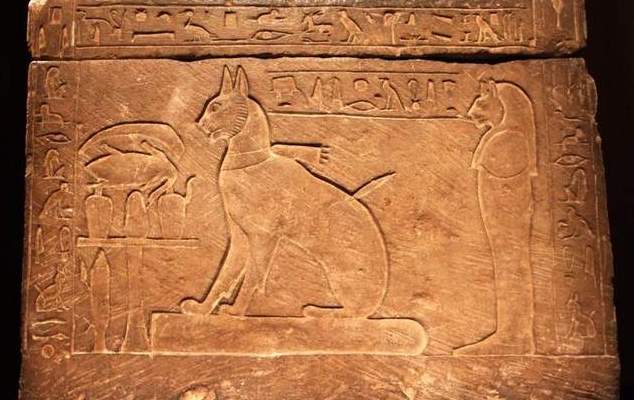Research
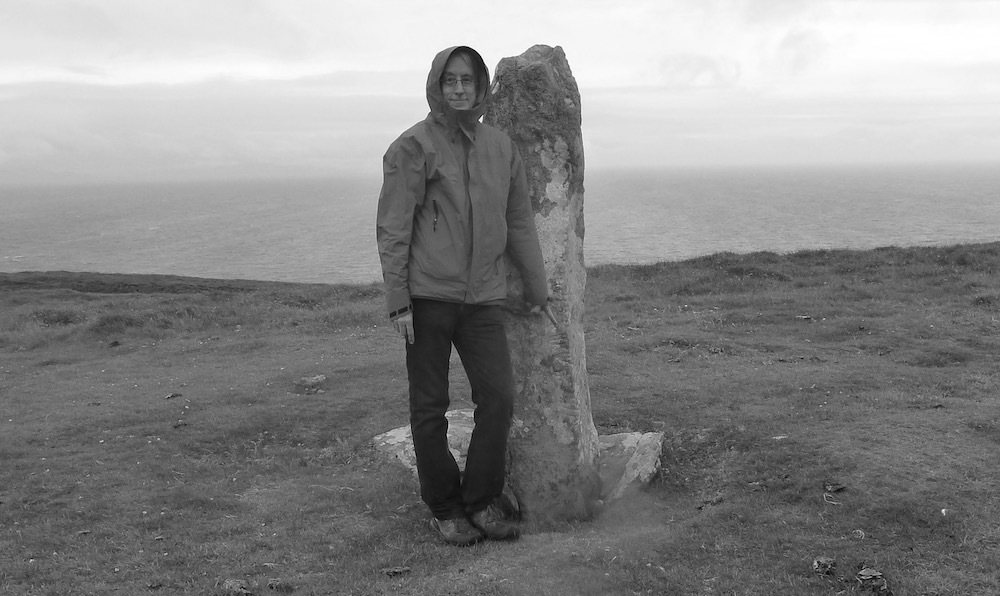
with Ogam Irish inscription CIIC 178, Dunmore Head, Dingle Peninsula, 2012

with the Karuk language team at the Breath of Life Language Restoration Workshop, 2016
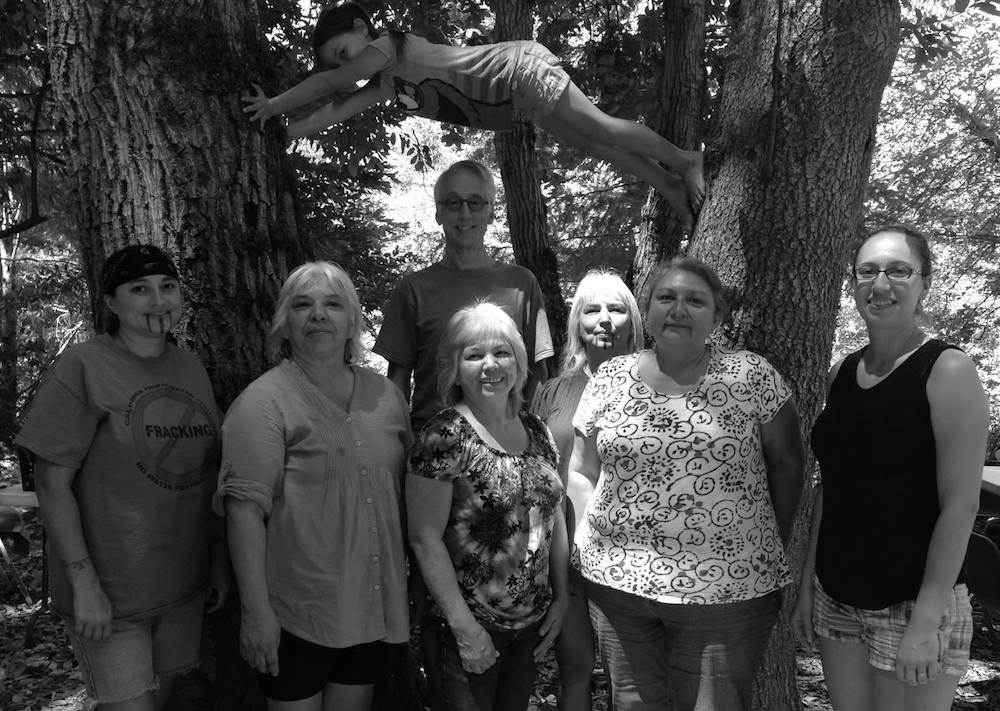
Yurok language immersion camp, Tuley Creek, 2015
I work on Karuk and Yurok (languages of northern California) and on early Indo-European languages, especially Greek, Latin, and languages belonging to the Anatolian branch (such as Hittite and Lycian). I have also worked on the history and (British) dialects of English, on comparative Austronesian (especially involving Leti, Ponapean, and Rotuman), and on the Ohlone language Rumsen (spoken around Carmel and Monterey).
I am a historical linguist interested in language change (in phonology, morphology, syntax, and semantics), patterns of language diversification, and methods of reconstruction. One broad aim of my historical research is to reintegrate the study of language change with linguistic theory and typology. A goal of my Americanist work is to bring philological and field work together to develop a picture of the linguistic ecology of California and the west coast. In language documentation, I am especially interested in language documentation projects whose products serve both academic linguists and indigenous communities. I have found that digital databases and online resources are flexible enough to benefit a variety of users.
Historical and Indo-European linguistics
My historical work falls into two main areas: language diversification and the mechanisms of language change. Recent work under the first rubric includes "Descent and diffusion in language diversification: A study of Western Numic dialectology", with Molly Babel, Michael Houser, and Maziar Toosarvandani, in International Journal of American Linguistics 79 (2013); and "Ancestry-constrained phylogenetic analysis supports the Indo-European steppe hypothesis", with Will Chang, Chundra Cathcart, and David Hall, in Language 91 (2015). The latter paper won the Linguistic Society of America's Best Paper in Language Award. Recent work under the second rubric includes "The historical syntax problem: Reanalysis and directionality", in Grammatical change: Origins, nature, outcomes, ed. by Dianne Jonas, John Whitman, and Andrew Garrett (Oxford University Press, 2012); "Phonetic bias in sound change", with Keith Johnson, in Origins of sound change: Approaches to phonologization", edited by Alan C. L. Yu (Oxford University Press, 2012); and "Sound change", in The Routledge handbook of historical linguistics, edited by Claire Bowern and Bethwyn Evans (Routledge, 2015).
Karuk language and linguistics
Website: Ararahih'urípih, a dictionary and text corpus of the Karuk language
Line Mikkelsen and I have worked to document and analyze aspects of Karuk semantics, syntax, morphology, and phonology. We and earlier generations of linguists (such as William Bright and J. P. Harrington) have recorded many texts, some of which are available in Ararahih'urípih. We've worked with first-language Karuk speakers and with younger learners and language activists and teachers, and we've been helped by many graduate and undergraduate students over the years, especially Erik H. Maier, Karie Moorman, and Clare Sandy.
Yurok linguistics and philology
Website: Yurok Language Project
This work has goals that include language documentation, the development of an archive of Yurok texts and audio recordings, and the production of language resources for the Yurok community. We have done documentary work with the late Aileen Figueroa, Jimmie James, Glenn Moore, Jr., Archie Thompson, Georgiana Trull, and Jessie Van Pelt, and we have worked on language teaching with many others in the Yurok community. Juliette Blevins and I have directed this project; Berkeley students who have worked on this project over the years include Lisa Conathan, Adrienne Mamin, James Martin, Yoram Meroz, Mary Paster, Alysoun Quinby, William Richard, Kevin Ryan, Tess Wood, and many others.
In addition to documentary, descriptive, and analytic work on Yurok, I am preparing a book of Yurok stories recorded between 1901 and 2007. Some of these texts are published in English translation (for example, in A. L. Kroeber's Yurok myths), but some are not, and in any case the original Yurok texts have mostly never been published. The intended audiences for this book are (primarily) Yurok teachers and learners, and (secondarily) anyone interested in the Yurok language or northwestern California.
Media coverage
Some work that I have contributed to has been in the news:
- Lee Romney, "Revival of nearly extinct Yurok language is a success story", Los Angeles Times, February 6, 2013
- Norimutsu Onishi, "In California, saving a language that predates Spanish and English", New York Times, April 12, 2014
- Michael Balter, "Mysterious Indo-European homeland may have been in the steppes of Ukraine and Russia", Science, February 13, 2015
- Ewen Callaway, "Language origin debate rekindled", Nature 518, February 19, 2015
- Nicholas Wade, "The tangled roots of English", New York Times, February 23, 2015
- Michael Balter, "Language wars", Scientific American, May 2016, pp. 60-65
- Miles O'Brien and Kate Tobin, "Rare audio of indigenous languages saved by invention 100 years later", Science Nation (National Science Foundation), 2017
- Xiaxun Ding, "Finding the words: New technology and new thinking are helping Native American communities revitalize their languages", Humanities (National Endowment for the Humanities), Fall 2019, Volume 40, Number 4

